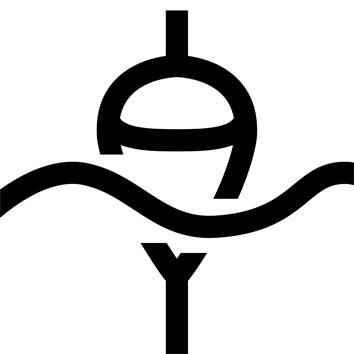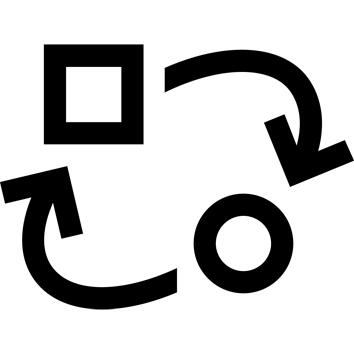Why an evolutionary cuff?
Because it's often difficult to find the right buoyancy aid for your child, to anticipate his or her level of comfort in the water and degree of confidence, Nabaiji has designed Tiswim. Thanks to its modularity, this evolving armband lets children discover the joys of playing in the water, moving around and learning the first swimming movements in complete safety.
What are the 3 ways to use Tiswim?
Step 1/ Initially, the Tiswim is used with all parts (armbands + front belt)
Step 2/ Armbands alone to start moving in the water in a vertical position
Step 3/ Belt alone positioned on the back, discovery of the swimmer's position (horizontal) and first swimming movements.
How do I adjust the lap belt?
Place the ventral section over the upper part of the child's belly, so that the belt wraps around the lower part of the child's chest. Tighten normally, then inflate the ventral part directly on the child, without over-inflating it. The belt will then be perfectly adapted to your child's size.
Where do I position the belt in the lap position?
Simply on the upper abdomen. Be careful not to position the belt on your child's torso, as it would be too high and not securely fastened. Prefer a low position, so that the floating part is pressed against the lower part of his torso.
How to inflate the different parts of the Tiswim?
The different stages of development require slightly different inflations.
The armbands should always be inflated to the maximum. However, it is preferable to inflate the second chamber directly on your child's arm.
Inflation of the lap belt should be adapted to your child's size.
The back belt should be inflated normally, without excess pressure, before fitting.
How do I adapt the inflation of the ventral section to my child?
As each person is different, you can adapt the inflation of the Tiswim's ventral section to your child's morphology.
First adjust the belt directly on your child without inflating the ventral section, so that it is perfectly adapted to your child's size. Then inflate the ventral part directly on your child.
Why does the buoy come up to my child's chin when I put it in the prone position?
In most cases, this is due to over-inflation of the ventral part or incorrect positioning of the belt.
Make sure you position the belt correctly on the child's upper belly and adapt the inflation of the ventral part to the child's size.
Why does my child end up on his back?
If your child tilts backwards, it's because the volume of the ventral part is not adapted to his size.
It's important to remember that to benefit from the evolving armband, your child's motor skills and tone must be sufficiently developed to enable him to maintain his balance and keep his head upright on the ground.
However, if your child still tilts backwards, don't hesitate to adapt the inflation of the ventral part to his size so that he can regain his balance.
Can my child tip forward?
No, if the armband is fitted correctly, your child will not be able to tip forward.
It's important to remember that to benefit from the evolving armband, your child's motor skills and tone must be sufficiently developed to enable him to maintain his balance and keep his head upright on the ground.
However, if your child is very toned and of small stature, adapt the inflation of the ventral part so that he is a little more immersed at chest level.
How do I adjust the belt in the dorsal position?
In the third stage, your child can discover the horizontal position in the water with the belt on his back. To do this, inflate the back section, without over-inflating it, then position the belt around your child's waist, tightening it normally. Be sure to position the protective tabs under the straps for greater comfort.
How to avoid cuff chafing?
Depending on your child's level of activity and the duration of aquatic sessions, the buoyancy aids worn may generate friction. To prevent this discomfort, we recommend wearing a top under the Tiswim evolving armband.
Why does the cuff deflate?
All our cuffs feature a valve with a non-return valve. If, however, you find that your product deflates during use, make sure that the caps are properly closed and that the non-return valve is not deformed.
To do this, pinch the entire valve several times with your fingers before inflating for the first time. Then inflate the product to the maximum to replace the flap on the valve.
Can my child jump into the water with the Tiswim?
Yes, but be careful! If properly fitted, your child will be able to jump into the water without rubbing under the chin or arms. But be careful with the height: the armband is a buoyancy aid, so don't try to jump higher than your child. If the product is worn in its entirety and your child jumps into the water without any problems, try removing the ventral part to give him more freedom of movement.
Can I fit my child with the Tiswim evolutive cuff if he weighs less than 15 kg?
No, the Tiswim evolutionary cuff is designed for children from 15 to 30 kg for safety reasons. Below that weight, the cuff would be too large for the child to move around in peace. The child would no longer be able to control his or her movements, and could tip backwards or forwards without being able to right himself or herself. Make sure you comply with these standards, to avoid any unpleasant surprises.


